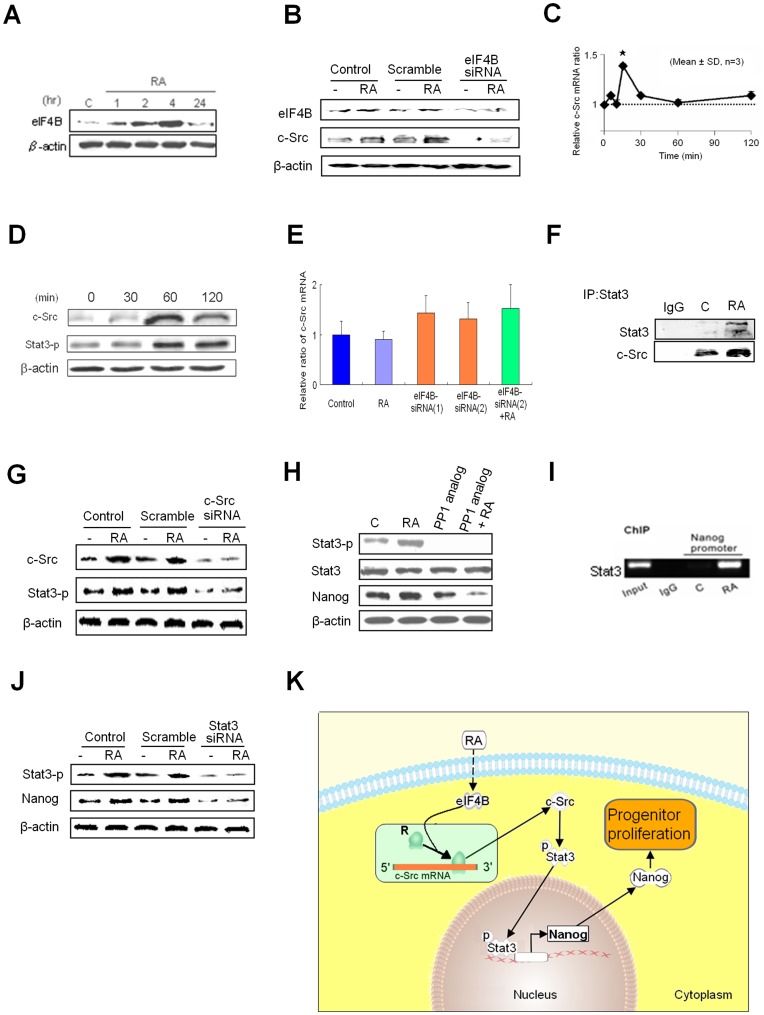Figure 4. A Non-genomic RA Signaling Pathway.
(A) Time course of RA induced production of eIF4B. (B) Activation of c-Src was inhibited by using eIF4B siRNA. (C) RA (10 µM) induced a rapidly transient elevation of c-Src mRNA peaking at 15 min in hTS cells. Data represent mean ± SD (n = 3); *:p<0.01 in Student’s t test. (D) RA induced fast production of c-Src and phosphorylation of Stat3 in 1 hr by Western blots. β-actin: control. (E) qPCR assay showed that RA did not induce expression of c-Src mRNA at 1 day incubation and expression c-Src mRNA was not affected by using 2 different eIF4B siRNAs. (F) Stat3 directly interacted with c-Src by IP assay. (G) c-Src siRNA inhibited expression of Stat3. (H) c-Src inhibitor PP1 analog (4 µM) inhibited the RA-induced phosphorylation of Stat3 and RA induced overexpression of Nanog in hTS cells by Western blots. (I) RA induced binding interaction of Stat3 and Nanog promoter by ChIP assay. (J) Nanog expression was inhibited by Stat3 siRNA. (K) Schematic of the RA-induced c-Src/Stat3/Nanog pathway via subcellular c-Src mRNA localization in hTS cells. Dotted line indicates undetermined mechanism(s).

